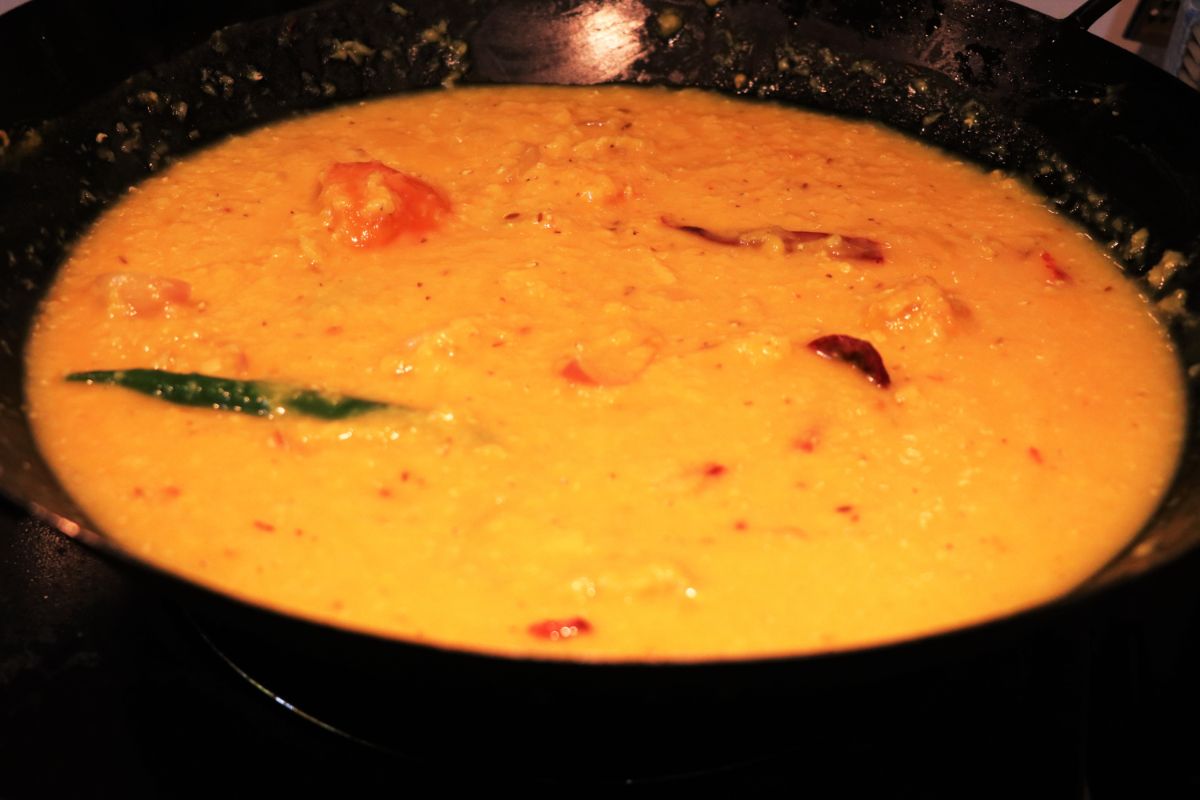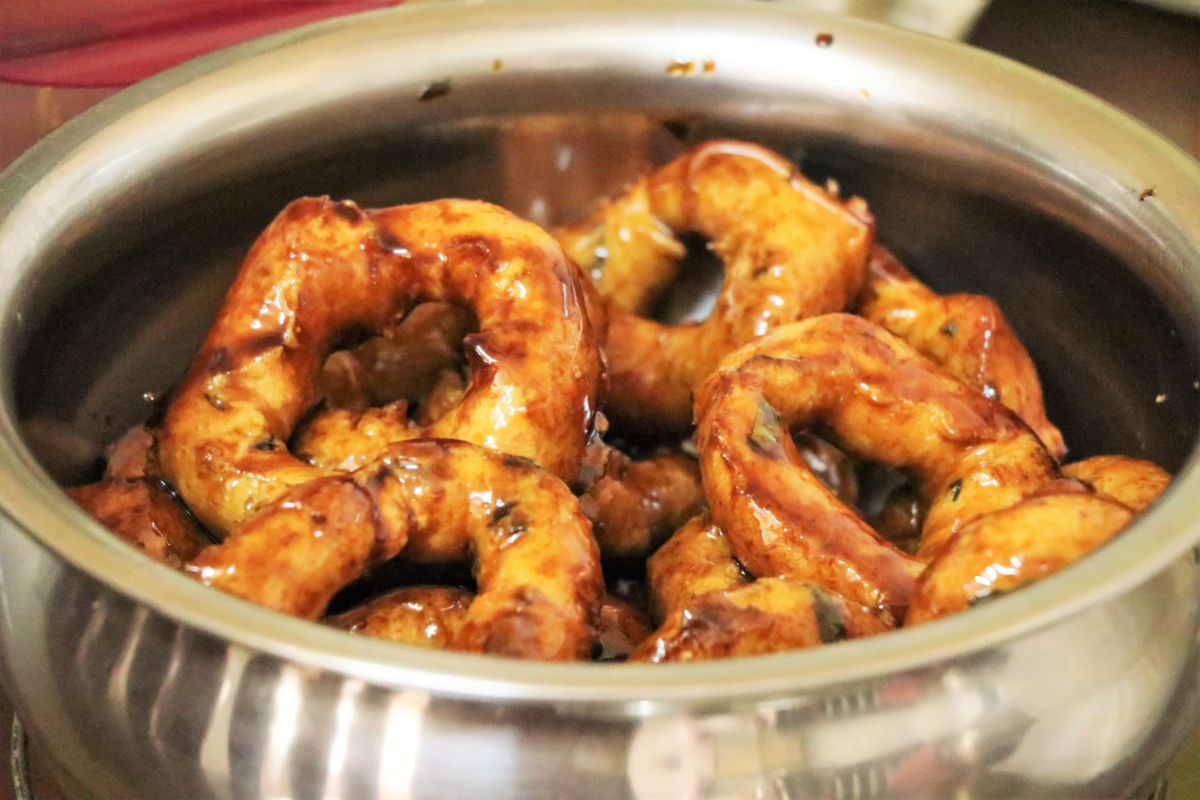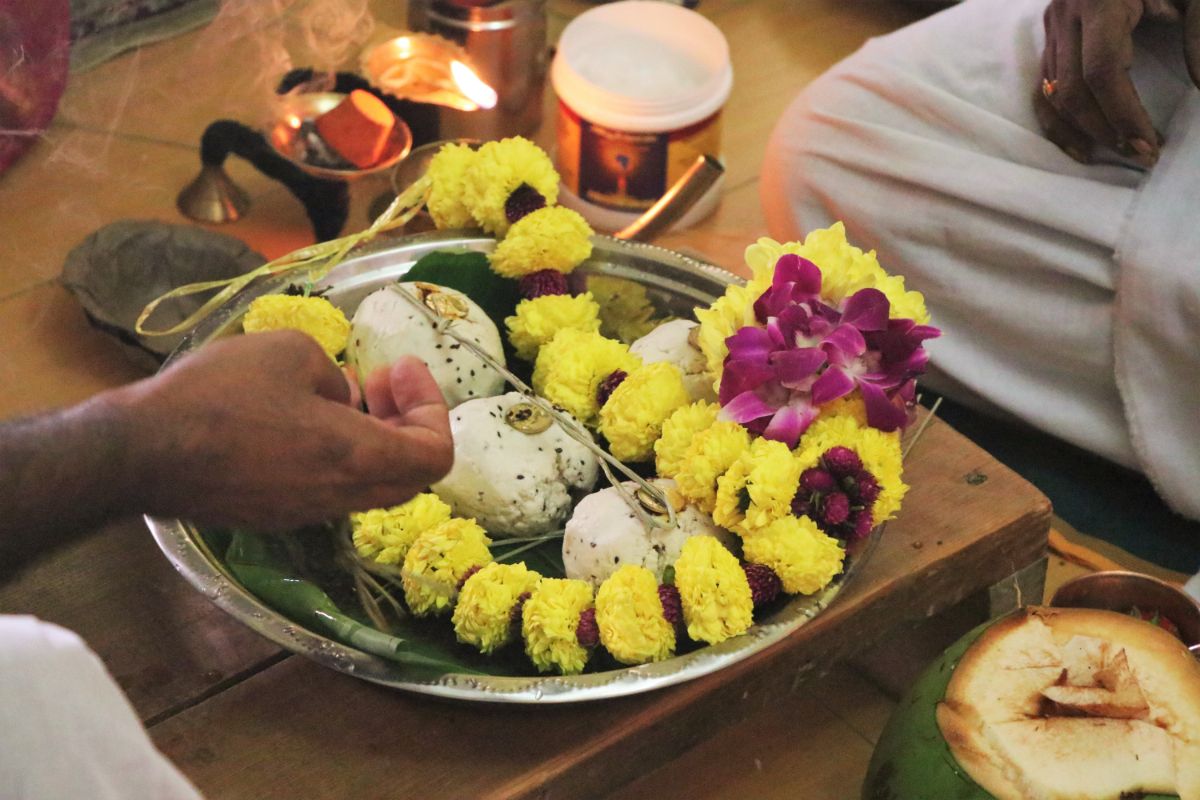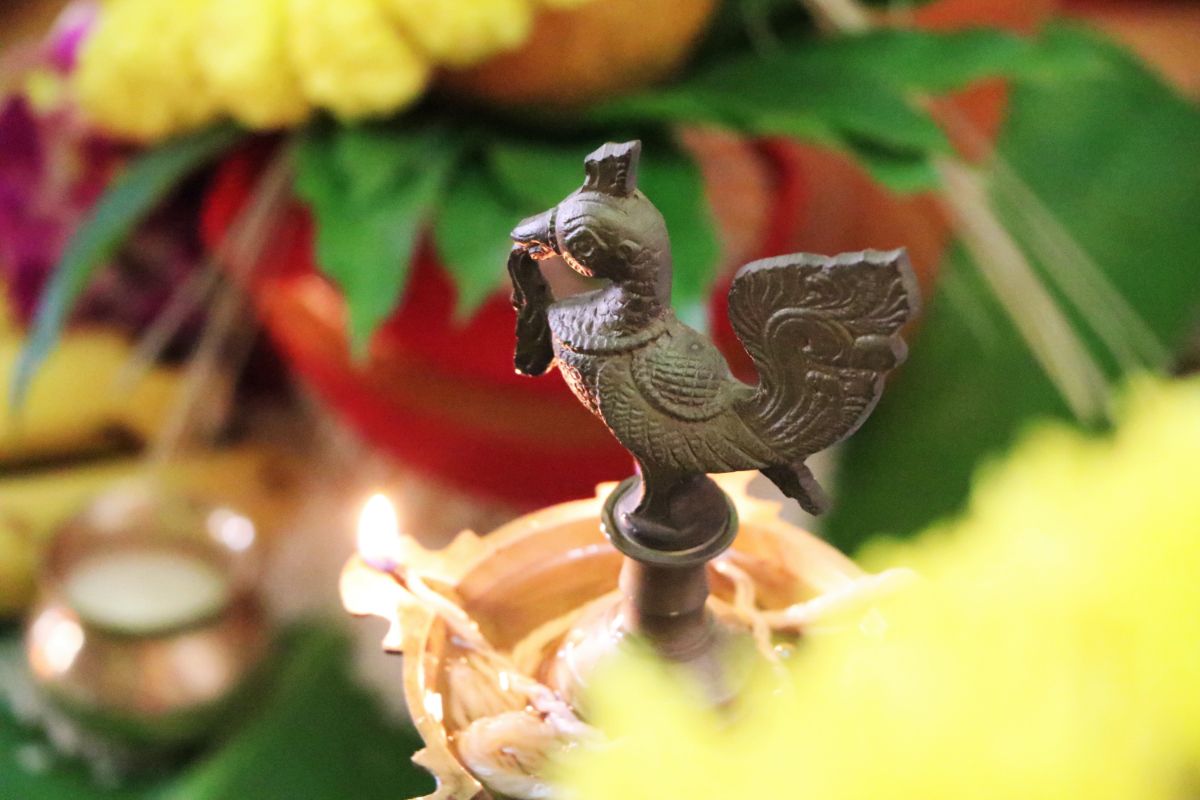I had an opportunity recently to learn more about the first year commemoration prayers for the passing of our elders, having conducted the prayers recently at home. I thought that penning this down will help the likes of myself who have always relegated ourselves to the status of apprentices or passive on-lookers given that most religious rites and rituals are pretty complex and command a different level of 'street smartness' that only the more experienced elders seem to have.
I was lucky to have had an appointment with a local priest who was well versed in English. Not that I don't speak local Indian languages, I do and I do very fluently but when it comes to taking instructions on a multitude of prayer items and procedures, rare Indian cutlery and crockery, special dhalls and lentils, less used vegetables and some other odd items and a wide range of groceries that need to be packaged in metric valuations, I would prefer the list to come in plain simple English and delivered on WhatsApp.
Before delving further on the prayers that took place, I want to share the significance of this event which is the first year commemoration event. This is based on the discussions that took place with family and friends while I was scouting for more information and also from the explanation given to us by the Priest during the prayers. Firstly, the commemoration marks the end of the official mourning period for the family. This means that the immediate family can now start celebrating auspicious events such as Diwali and weddings. Secondly, the date of the commemoration prayers (will be advised by the Priest) marks the judgement day for one's life on Earth. In this sense, the commemoration prayers conducted by one's children signal a person's legacy and reflect his/her deeds in that life. Thirdly, and this relates to human psychology, the commemorative prayers recognize the need for humans to grief - and bringing all the loved ones together in an event helps those who are grieving to overcome this great sense of loss and replace that loss with renewed ties and assurance from people near and far.
So, moving on to the event itself - the major parts are divided into:
Preparation before the event - this involves the assembly of (1) prayer requirements and (2) dhanaam for the Priest (gifts for the Priest). The prayer requirements may differ from one Priest to another but revolve around a long list of vegetables, grains and lentils in around 2 kilos each, tamarind, salt, coconuts, bananas, banana leaves, mango leaves, chillies, tapioca, garlands, betel leaves, rice flour, black sesame seeds, a thread ball, honey, milk, curd, shikakai powder, prayer powders such as sambrani, batthi, vibuthi, kum kum powder, sandalwood powder, coconut and sesame oils, ghee, flowers and prayer items such as soodam dish and dubakal and lots of Indian sweets such as laddu and paal kova. As for dhanaam, the list can include veshti, bronze tray, bronze water pot and bronze water holder with spoon, along with some daily use personal items and a small bronze shiva linggam. Preparations also include the decoration of a makeshift altar with the portrait of the commemorated person.
On the day of the prayers, there's elaborate cooking at home. All dishes must be vegetarian (as advised by the Priest and I have no further details on this) and some of the popular dishes include sweet rice, plain rice, kalagaya koora (mixed vege dish with plantain a must have ingredient), stir-fried veges, dhall/lentil kootu, dhall curry and delicacies such as boorelu (sweetened gram dhall coated in black gram dhall batter), masala garelu (savoury gram dhall fritters), bellam garelu (urad dhall balls in jaggery) and payasam (rice vermicelli in sweet milk). The event commences with the arrival of guests and the Priest who conducts prayers to Lord Ganesha and following that with the offering of 'pindam' in the form of rice balls/rice flour balls dotted with black sesame seeds for 3 generations of ancestors. A banana leaf of food is offered to the sun god.
At the end of the prayers, the dhaanam presentation ceremony is conducted followed by serving of all the cooked items and sweets on a wide table for the commemorated person often including some of the person's favourite foods. Guests are then served the cooked food or in my case, we catered for our guests as I am not trained to cook for large numbers of people or have the required cutlery to do so. At the same time, the head of the family who led the prayers takes the 'pindam' away and submerges it in a lake or river nearby. A small sample of the food offered on the makeshift altar is put outside the house for crows and the likes to feed on as a symbolic ritual of food offering to the nature.
The event concluded with exchange of memories of the commemorated person with those who were present and also those who sent their wishes from near and far. It provided a lot of reassurance from friends and family members who took their time to turn up and be there for us, and I must say that even though life forever changes when someone dear to us leaves us, coming together and cherishing the person helps us to let-go and move on.























